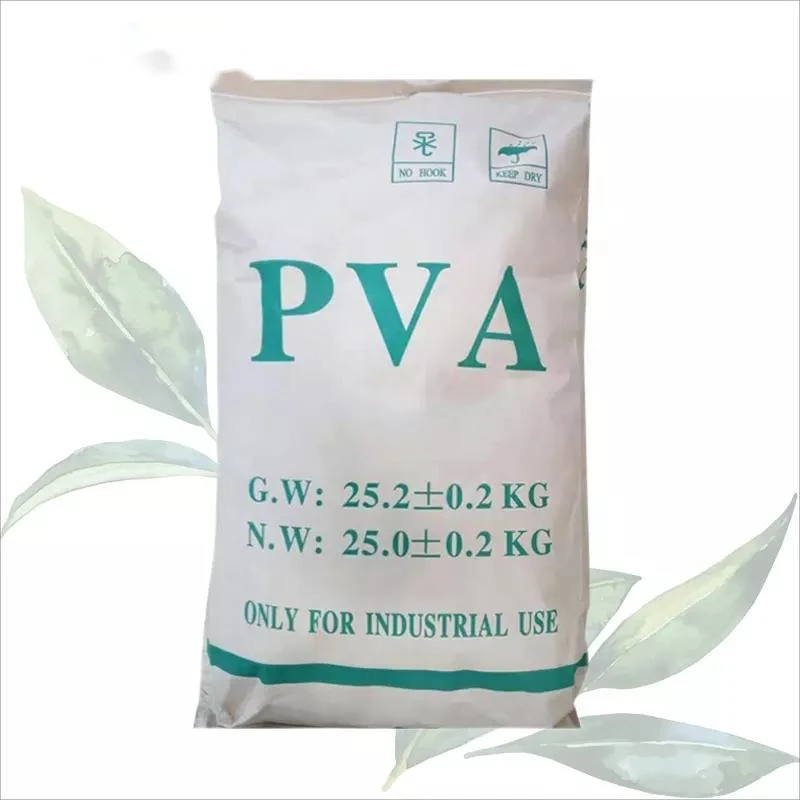Building Adhesives The Unsung Heroes of Construction and Manufacturing
Adhesives have long been an integral part of various industries, yet their significance often goes unnoticed, especially in the realms of construction and manufacturing. Among these, building adhesives stand out as essential materials that provide not only structural integrity but also contribute to the aesthetic appeal of constructions. This article delves into the different types of building adhesives, their applications, advantages, and future trends.
Understanding Building Adhesives
Building adhesives are substances used to bond materials together in construction and manufacturing processes. These adhesives come in various forms, including liquid, paste, and spray, and can bond a wide range of substrates such as wood, concrete, metal, glass, and plastics. The effectiveness of an adhesive is determined by its formulation, which often includes polymers, resins, and additives that enhance its properties.
Types of Building Adhesives
1. Polyurethane Adhesives Known for their versatility and durability, polyurethane adhesives are ideal for a wide range of applications, from flooring installations to bonding materials in furniture manufacturing. They offer excellent resistance to moisture and temperature fluctuations.
2. Epoxy Adhesives These are notorious for their strength and resistance to chemicals. Epoxy adhesives are commonly used in situations that demand a high-performance bond, such as repairing concrete structures or around plumbing fixtures.
3. Acrylic Adhesives Acrylic adhesives provide quick bonding capabilities and excellent clarity. They are often used in applications that require transparency, such as glass installations or signage.
4. Silicone Adhesives These adhesives are highly flexible and water-resistant, making them perfect for applications in environments exposed to moisture, such as bathrooms and kitchens. They are also used in sealing joints and gaps to prevent water ingress.
Applications in Construction
Building adhesives have numerous applications, enhancing both the structural integrity and aesthetic appeal of various projects. For instance, in flooring installation, adhesives are often used to securely attach tiles, wood planks, and carpets to subfloors, ensuring they remain intact under the stress of foot traffic.
In wall assembly, adhesive technologies enable manufacturers to bond drywall to framing without the need for mechanical fasteners, streamlining the process and reducing labor costs. Additionally, adhesive is essential in the glazing industry, where it is used to attach glass panels to building frames, ensuring strong bonds that can withstand environmental pressures.
building adhesive

Advantages of Building Adhesives
The use of building adhesives comes with numerous benefits
1. Reduced Weight Compared to traditional fastening methods like screws and nails, adhesives can significantly reduce the overall weight of construction materials, making handling and transportation easier.
2. Enhanced Aesthetics Adhesives allow for clean lines without the visible fasteners, contributing to a more polished and modern look in buildings and products.
3. Improved Durability Many modern adhesives are designed to resist environmental stressors, including moisture, heat, and chemicals. This durability enhances the lifespan of constructions and manufactured goods.
4. Energy Efficiency Properly applied adhesives can improve the thermal performance of buildings by minimizing air leaks, contributing to energy savings in heating and cooling.
Future Trends
As sustainability becomes increasingly important in construction, the field of building adhesives is evolving. Manufacturers are exploring eco-friendly adhesive formulations, utilizing renewable resources and reducing the environmental impact of adhesives. Innovations in technology are also pushing the boundaries, leading to the development of smart adhesives that can change properties based on environmental conditions.
Moreover, the growing trend toward modular construction is paving the way for more sophisticated adhesive applications, where quick assembly and disassembly of components are critical. This trend may lead to further innovations in the formulations and types of building adhesives used.
Conclusion
Building adhesives may not always be in the spotlight, but their contribution to construction and manufacturing is undeniable. As industries move forward, understanding and leveraging the capabilities of these materials will be crucial for enhancing performance, sustainability, and aesthetics in our built environment. Through continuous innovation and adherence to eco-friendly practices, building adhesives are set to remain at the forefront of the construction industry for years to come.
-
Rdp Powder: Key Considerations for Wholesalers in the Building Materials IndustryNewsJul.08,2025
-
Key Considerations for Wholesalers: Navigating the World of Hpmc - Based ProductsNewsJul.08,2025
-
Hpmc Detergent: Key Considerations for WholesalersNewsJul.08,2025
-
Key Considerations for Wholesalers: China Hpmc For Tile Adhesive, Coating Additives, Concrete Additives, and MoreNewsJul.08,2025
-
Crucial Considerations for Wholesalers: Navigating the World of Construction MaterialsNewsJul.08,2025
-
Key Considerations for Wholesalers Sourcing Additive For Cement, Additive For Concrete, Additive For Putty from Additive Manufacturer Shijiazhuang Gaocheng District Yongfeng Cellulose Co., Ltd.NewsJul.08,2025




